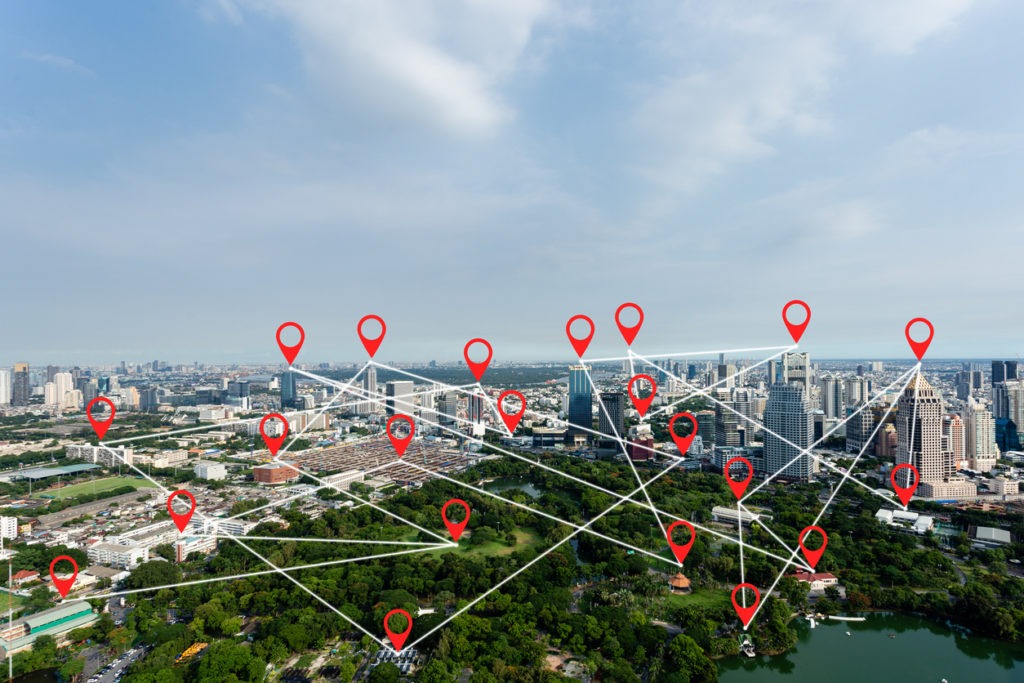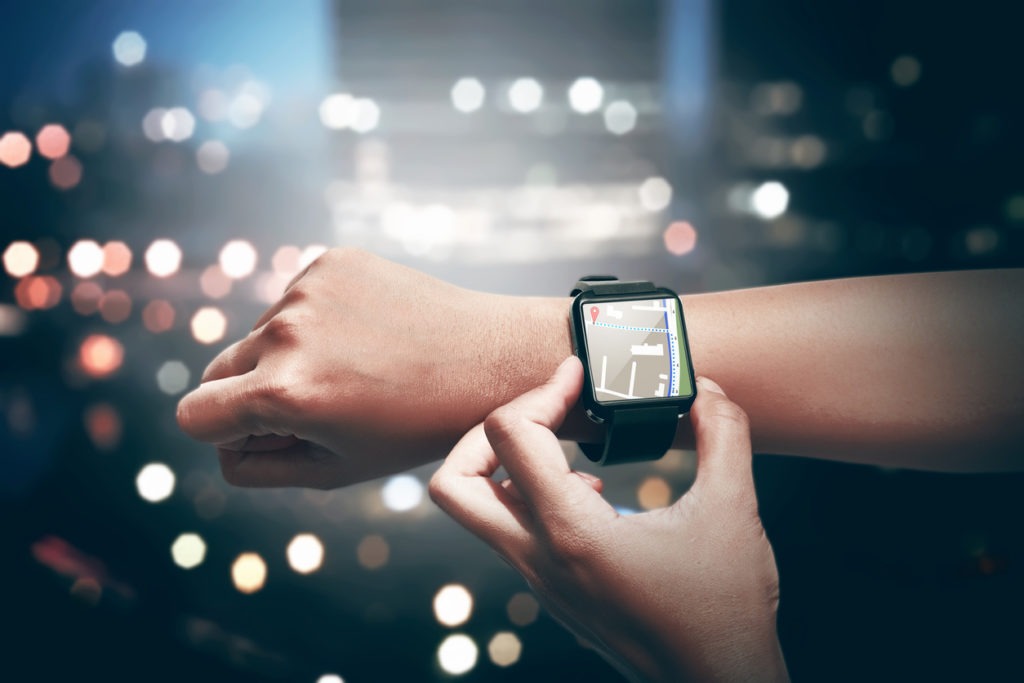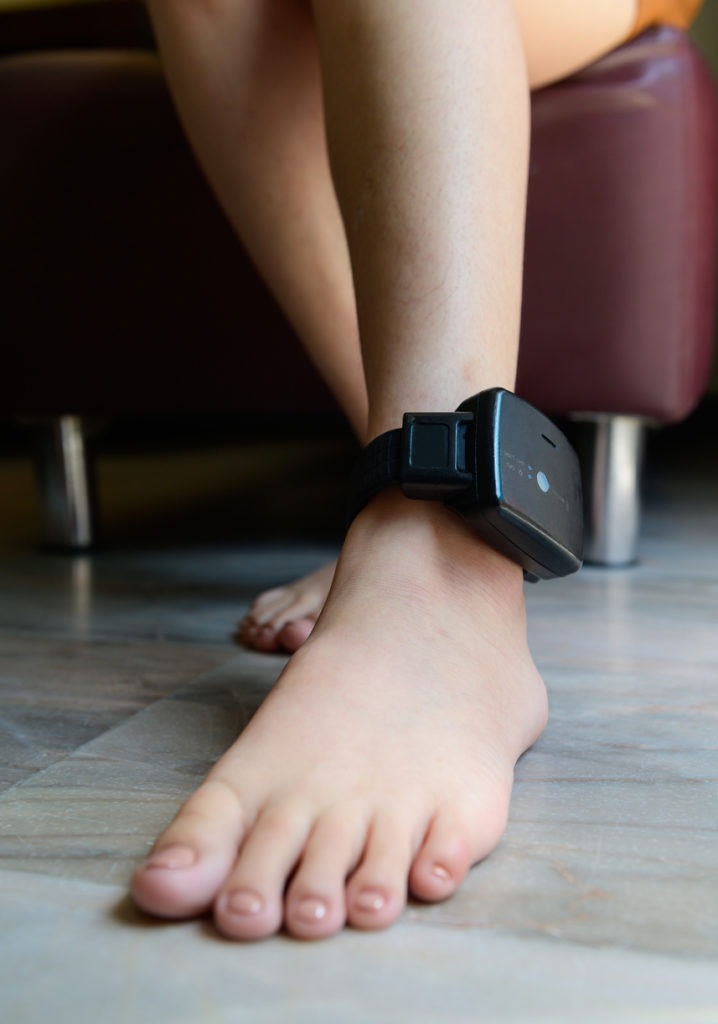Since the dawn of human history, people have been using the sun, moon, and stars as navigational aids. Later on, they developed the sextant to further aid in this endeavor. GPS was a 20th-century innovation made possible by space-age technology.
The U.S. government made GPS available to the public in 1983, but retained control of the data. Companies and the general public did not have complete access to GPS until the year 2000, setting the path for future GPS development.
Learn more about this technology by reading on.
What is the Global Positioning System?
All GPS bracelets utilize the identical technology. Each gadget has a GPS receiver and a communication device, typically a cellular modem. Every minute or so, the GPS receiver collects signals from the constellation of GPS satellites in orbit and provides a pinpoint location. The cellular connection then communicates this information to a central monitoring hub, providing the prisons department with a real-time account of the wearer’s whereabouts.
Two Different GPS Systems
There are multiple ways a GPS tracking system can function. During trips, commercial GPS systems are frequently employed to track the whereabouts of automobiles. Some systems save data within the GPS system itself; this is known as passive tracking. Other systems routinely transmit data to a centralized database via modem; this is known as active tracking or two-way GPS.
Passive GPS tracking tracks location and retains trip-related data based on certain circumstances. This type of system can record the whereabouts of gadgets for the past 12 hours. It stores the data internally or on a memory card for subsequent analysis on a computer. In certain systems, information is automatically downloaded at a predetermined time or can be requested frequently throughout the voyage.
Passive GPS involves real-time tracking devices that automatically transmit data to a central tracking site as events occur. This type of system is utilized in the majority of commercial applications, such as monitoring and tracking children or the elderly, because it enables caregivers to always know the whereabouts of their charges. This type of equipment is also used to monitor the driving behavior of personnel while on the job and to streamline fleet operations.
What is a GPS monitoring system?
A GPS tracking device is a portable tool that allows users to monitor and track the location of an object. The most prevalent application of these devices in vehicles is as car tracking systems.
There are a few major differences between tracking devices and automotive navigation systems, despite their similarities. GPS navigation systems display the driver’s location on a digital map and then provide driving directions to reach a specified destination. GPS trackers, on the other hand, use GPS technology to monitor a vehicle’s present location and travel history. The GPS information is subsequently transmitted to a computer, mobile device, or tablet.
How do GPS locators function?
GPS trackers connect to a constellation of satellites in order to establish their whereabouts. The tracker employs trilateration to compute latitude, longitude, altitude, and time based on the position of three or more satellites from the Global Navigation Satellite System (GNSS) network and its distance from them.
Learning how to use a GPS tracker is straightforward. Typically, the vehicle’s onboard diagnostics (OBD-II) connector, cigarette lighter, accessory socket, or internal battery will provide power to the tracker. The collected information is subsequently communicated to software that permits the user to aggregate and analyze the data.
How do GPS trackers and software interact? Some trackers are active, which allows them to offer users with a real-time view of global placement. This type of tracker is compatible with managed services.
Passive trackers are typically less expensive than active trackers because they save GPS data for later viewing.
What is a GPS wristband?
GPS bracelets are frequently referred to as GPS watches and are worn on the wrist to enable GPS tracking of the wearer. Some firms sell bracelets along with monitoring and tracking services, but there are others on the market that do not require a monitoring plan and may be purchased and used immediately.
Types of GPS Bracelets
1. GPS Ankle Bracelet
GPS ankle bracelets are gadgets that allow the correctional system to track the behavior of offenders without necessitating full-time confinement. In many circumstances, they offer an intermediate stage between probation and prison, allowing a criminally condemned individual to live a life resembling normality but imposing restrictions on their activities. There are a variety of GPS tracker kinds available, each suited to a particular type of criminal.
2. GPS Bracelet for Senior Citizens
There are numerous devices that can be utilized to improve the life of the elderly. GPS trackers enable caretakers to monitor the whereabouts of their loved ones while they are out and about, ensuring their safety. Specially built GPS trackers for seniors prioritize safety functionalities, such as emergency buttons that alert caretakers, services that contact emergency responders, and capabilities for monitoring health indicators.
A GPS tracker can be lifesaving for seniors with Alzheimer’s disease, dementia, and other diseases that cause them to wander. Even if you live in a state with a Silver Alert program, a GPS tracker for seniors can provide you peace of mind in the event that your loved one wanders off or becomes lost. In fact, many modern GPS trackers are small and unobtrusive, allowing your loved one to carry them in the bottom of their backpack or even around their neck. The ability to locate a missing loved one could literally save their life.
3. GPS Bracelet for Kids
Regardless of how closely we monitor children, they always manage to escape. Whether you’re at the supermarket, the park, or trick-or-treating, a GPS tracker can help you monitor your child’s location. With this technology, you can have peace of mind regarding the safety of your child.
GPS trackers and devices for children are constructed with long-lasting batteries and portable designs, allowing you to slip or clip them into a backpack or coat pocket. These trackers employ sophisticated GPS tracking technology to provide you smartphone alerts regarding your child’s location.
In conclusion
wearables with GPS are being integrated into our life in a variety of novel ways. GPS bracelets can be used to monitor your everyday activities and pinpoint your location at all times.
You can even purchase one for your children, senior family members, and even your pet. Modern trackers are available in a variety of wearables, such as pins, watches, and even personalized bands, that give the user peace of mind without interfering with concentration.



